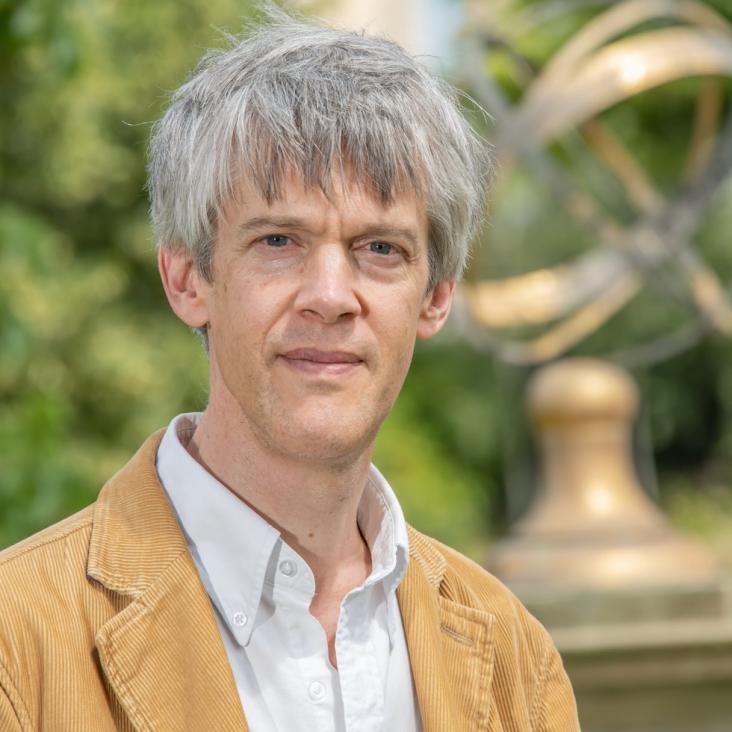Accounting for the marine reservoir effect in radiocarbon calibration
QUATERNARY SCIENCE REVIEWS 209 (2019) 129-138
Island questions: the chronology of the Brochtorff Circle at Xagħra, Gozo, and its significance for the Neolithic sequence on Malta
Archaeological and Anthropological Sciences Springer 11:8 (2019) 4251-4306
Abstract:
Bayesian chronological modelling of radiocarbon dates from the Brochtorff Circle at Xagħra, Gozo, Malta (achieved through the ToTL and FRAGSUS projects), provides a more precise chronology for the sequence of development and use of a cave complex. Artefacts show that the site was in use from the Żebbuġ period of the late 5th/early 4th millennium cal BC to the Tarxien Cemetery phase of the later 3rd/early 2nd millennia cal BC. Absolutely dated funerary activity, however, starts with a small rock-cut tomb, probably in use in the mid to late fourth millennium cal BC, in the Ġgantija period. After an interval of centuries, burial resumed on a larger scale, probably in the thirtieth century cal BC, associated with Tarxien cultural material, with the use of the cave for collective burial and other depositions, with a series of structures, most notably altar-like settings built from massive stone slabs, which served to monumentalise the space. This process continued at intervals until the deposition of the last burials, probably in the twenty-fourth century cal BC; ceremonial activity may have ended at this time or a little later, to be followed by occupation in the Tarxien Cemetery period. The implications for the development of Neolithic society on Malta are discussed, as well as the changing character of Neolithic Malta in comparison to contemporary communities in Sicily, peninsular Italy and southern Iberia. It is argued that underground settings and temples on Malta may have served to reinforce locally important values of cooperation and consensus, against a wider tide of differentiation and accumulation, but that there could also have been increasing control of the treatment of the dead through time. The end of the Maltese Neolithic is also briefly discussed.The Emergence of Extramural Cemeteries in Neolithic Southeast Europe: A Formally Modeled Chronology for Cernica, Romania
Radiocarbon Cambridge University Press (CUP) 61:1 (2019) 319-346
Age estimates for hominin fossils and the onset of the Upper Palaeolithic at Denisova Cave
Nature Springer Nature 565 (2019) 640-644
Abstract:
Denisova Cave in the Siberian Altai (Russia) is a key site for understanding the complex relationships between hominin groups that inhabited Eurasia in the Middle and Late Pleistocene epoch. DNA sequenced from human remains found at this site has revealed the presence of a hitherto unknown hominin group, the Denisovans1,2, and high-coverage genomes from both Neanderthal and Denisovan fossils provide evidence for admixture between these two populations3. Determining the age of these fossils is important if we are to understand the nature of hominin interaction, and aspects of their cultural and subsistence adaptations. Here we present 50 radiocarbon determinations from the late Middle and Upper Palaeolithic layers of the site. We also report three direct dates for hominin fragments and obtain a mitochondrial DNA sequence for one of them. We apply a Bayesian age modelling approach that combines chronometric (radiocarbon, uranium series and optical ages), stratigraphic and genetic data to calculate probabilistically the age of the human fossils at the site. Our modelled estimate for the age of the oldest Denisovan fossil suggests that this group was present at the site as early as 195,000 years ago (at 95.4% probability). All Neanderthal fossils—as well as Denisova 11, the daughter of a Neanderthal and a Denisovan4—date to between 80,000 and 140,000 years ago. The youngest Denisovan dates to 52,000–76,000 years ago. Direct radiocarbon dating of Upper Palaeolithic tooth pendants and bone points yielded the earliest evidence for the production of these artefacts in northern Eurasia, between 43,000 and 49,000 calibrated years before present (taken as AD 1950). On the basis of current archaeological evidence, it may be assumed that these artefacts are associated with the Denisovan population. It is not currently possible to determine whether anatomically modern humans were involved in their production, as modern-human fossil and genetic evidence of such antiquity has not yet been identified in the Altai region.C-14 wiggle-matching of short tree-ring sequences from post-medieval buildings in England
NUCLEAR INSTRUMENTS & METHODS IN PHYSICS RESEARCH SECTION B-BEAM INTERACTIONS WITH MATERIALS AND ATOMS 438 (2019) 218-226


